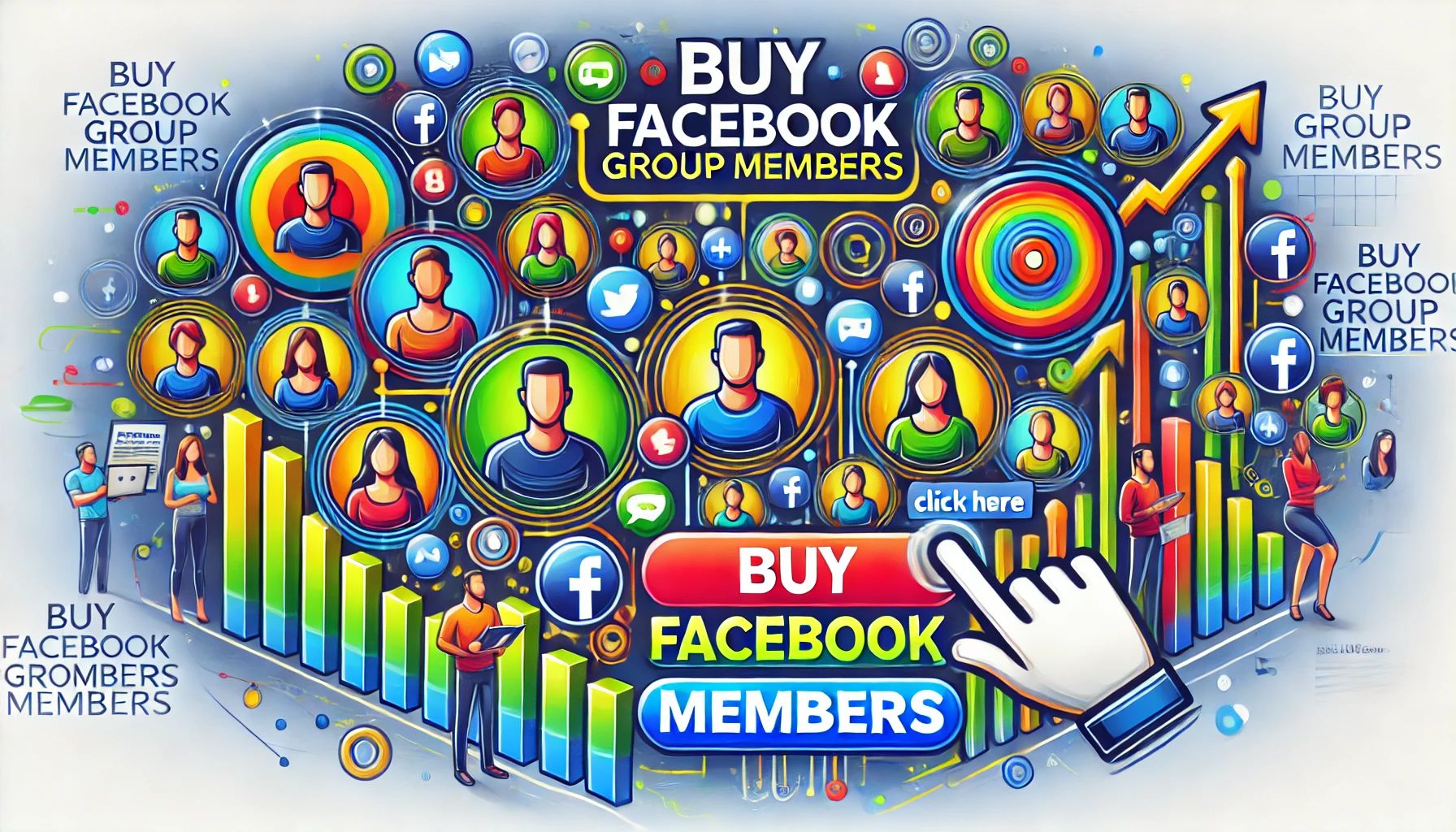How to Start a Facebook Group and Make It Successful
Starting a Facebook group can be a powerful way to build a community, promote a brand, or share interests with like-minded individuals. However, creating a group is just the beginning. The real challenge lies in growing and maintaining an engaged, active community. This guide will walk you through every step to ensure your Facebook group not only starts strong but thrives over time.
Step 1: Define Your Group’s Purpose and Niche
Before creating your group, clearly define its purpose. Ask yourself:
– What is the group’s main focus or topic?
– Who is your target audience?
– What problem does your group solve, or what value does it provide?
A well-defined niche will help attract the right people and keep the community focused. For example, instead of creating a generic “Health and Wellness” group, narrow it down to “Keto Diet for Beginners.”
Step 2: Create Your Facebook Group
1. **Log into Facebook** – On the left menu, click “Groups” and then “Create New Group.”
2. **Choose a Name** – Pick a name that reflects the group’s purpose and includes relevant keywords for search visibility.
3. **Select Privacy Settings** –
– *Public*: Anyone can see the group and its posts.
– *Private*: Only members can see posts. (Recommended for more intimate communities.)
4. **Invite Initial Members** – Start by inviting close friends or colleagues to seed engagement.
Step 3: Optimize Group Settings
– **Cover Photo** – Use an eye-catching image that represents the group’s theme.
– **About Section** – Clearly describe what the group is about, who it’s for, and what members can expect.
– **Rules and Guidelines** – Set clear rules to maintain a positive and respectful environment.
– **Tags and Keywords** – Add tags and relevant keywords to help your group show up in search results.
Step 4: Create Engaging Content
Content is the lifeblood of any Facebook group. Keep the group active with regular posts, such as:
– **Questions and Polls** – Encourage participation by asking for opinions or feedback.
– **Tips and Tutorials** – Share valuable content related to the group’s niche.
– **Live Videos and Events** – Host live Q&A sessions or webinars.
– **User-Generated Content** – Encourage members to share their experiences and insights.
Step 5: Grow Your Facebook Group
1. **Promote on Other Platforms** – Share the group on your website, email list, and other social media channels.
2. **Engage in Similar Groups** – Join related groups, provide value, and mention your group where relevant.
3. **Collaborate with Influencers** – Partner with influencers in your niche to invite their audience.
4. **SEO for Group Name and Description** – Use keywords in your group’s name and description to improve discoverability.
Step 6: Foster Engagement and Community
– **Welcome New Members** – Greet new members with a pinned welcome post.
– **Consistent Posting** – Maintain a content calendar to ensure regular posting.
– **Moderate and Enforce Rules** – Monitor posts to ensure the group remains spam-free and on-topic.
– **Create Sub-Groups** – If the community grows large, create sub-groups for specific interests.
Step 7: Monetize Your Group (Optional)
Once your group gains traction, you can monetize it through:
– **Exclusive Content** – Offer paid memberships for premium content.
– **Affiliate Marketing** – Recommend products and services relevant to the group’s niche.
– **Sponsored Posts** – Allow brands to promote in your group for a fee.
– **Sell Your Products/Services** – Use the group to drive traffic to your business.
Common Mistakes to Avoid
– **Inconsistent Posting** – A dormant group loses engagement quickly.
– **Over-Promotion** – Too much self-promotion can turn members away.
– **Ignoring Feedback** – Listen to members and adjust your strategy based on their input.
– **Lack of Moderation** – Unmoderated groups can become toxic or spammy.
Final Thoughts
Building a successful Facebook group requires effort, consistency, and a focus on providing value to your members. By following these steps, you can create a thriving online community that grows organically and becomes a valuable resource for its members. Start today, and watch your group flourish!






